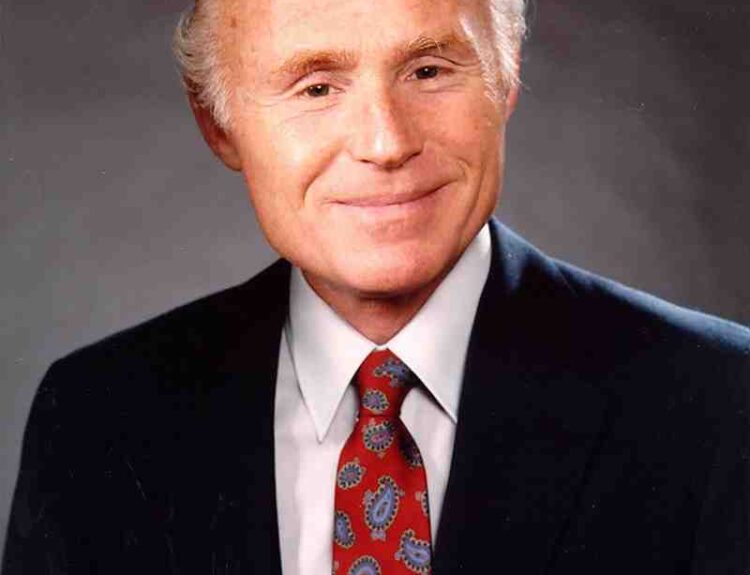Rail carriers are under pressure to lower greenhouse-gas emissions. Here are some of the alternative technologies they are considering.
- Rail carriers are under pressure to lower greenhouse-gas emissions
- Alternative technologies being considered include batteries, biodiesel, and hydrogen
- Battery-electric locomotives have limited range but are being used in port-unloading and rail-yard operations
- Biodiesel and renewable diesel are being tested as fuels to reduce carbon emissions
- Hydrogen fuel-cell locomotives emit only water vapor and have more energy capacity than batteries
The freight-rail industry is facing pressure to find cleaner alternatives to its traditional diesel-electric locomotives. Rail carriers are investing in diesel-electric models that are more fuel-efficient, as well as exploring alternative ways to power locomotives. The three main technologies being considered are batteries, biodiesel, and hydrogen. Battery-electric locomotives have limited range but are being used in certain operations. Biodiesel and renewable diesel are being tested as fuels to reduce carbon emissions. Hydrogen fuel-cell locomotives emit only water vapor and have more energy capacity than batteries. However, challenges remain in terms of range, charging time, and infrastructure. The industry is still searching for a clear winner in the next-generation locomotive fight.·
Factuality Level: 8
Factuality Justification: The article provides a detailed and informative overview of the challenges faced by the freight-rail industry in transitioning to cleaner alternatives to diesel-electric locomotives. It presents various technologies being explored, such as battery power, biodiesel, and hydrogen fuel cells, along with their advantages and limitations. The information is well-researched and supported by quotes from industry experts and executives, making it a reliable source of information on the topic.·
Noise Level: 8
Noise Justification: The article provides a detailed overview of the challenges and potential solutions for the freight-rail industry to transition to cleaner alternatives. It discusses various technologies such as battery power, biodiesel, and hydrogen fuel cells, along with their limitations and benefits. The article stays on topic and provides insights into the complexities involved in decarbonizing the industry. However, it lacks in-depth analysis of long-term trends or antifragility aspects, and it does not explore the consequences of decisions on those who bear the risks. The article could benefit from more scientific rigor and accountability in discussing the environmental impacts of different technologies.·
Public Companies: Wabtec (WAB), Berkshire Hathaway (BRK.B), Union Pacific (UNP), Norfolk Southern (NSC), Canadian National Railway (CNR), Canadian Pacific Kansas City (CPKC), CSX (CSX)
Key People: Bascome Majors (Analyst at Susquehanna International Group), Eric Gebhardt (Chief Technology Officer of Wabtec), Justin Thompson (Chief Executive of Iron Senergy), Kari Gonzales (President at MxV Rail), Kyle Mulligan (Assistant Vice President of Operations Technology at Canadian Pacific Kansas City), Corey Davis (Director of Innovation-Alternative Fuels and Energy Management at CSX), Jim Vena (Chief Executive of Union Pacific)
Financial Relevance: Yes
Financial Markets Impacted: Railroad operators and companies in the freight-rail industry
Financial Rating Justification: The article discusses the pressure on the freight-rail industry to find cleaner alternatives to diesel-electric locomotives, which impacts companies in the industry and their operations.·
Presence Of Extreme Event: No
Nature Of Extreme Event: No
Impact Rating Of The Extreme Event: No
Extreme Rating Justification: ·
 www.wsj.com
www.wsj.com 




